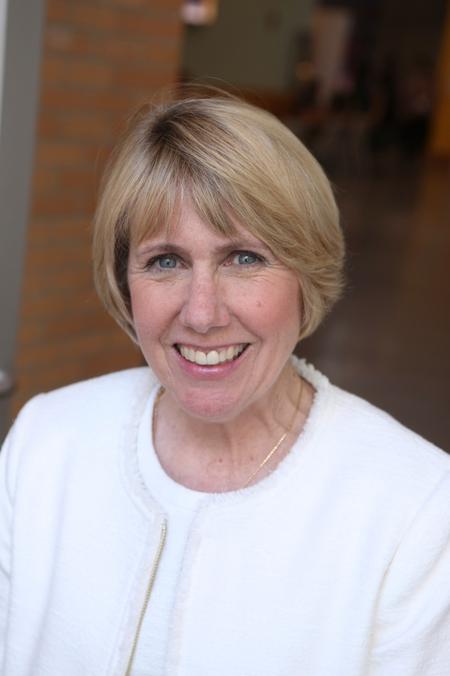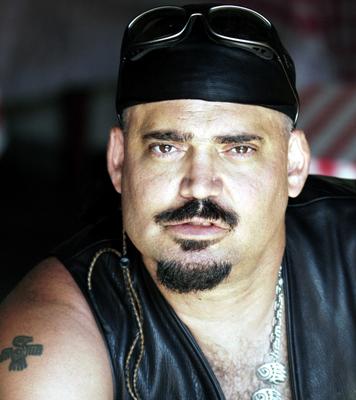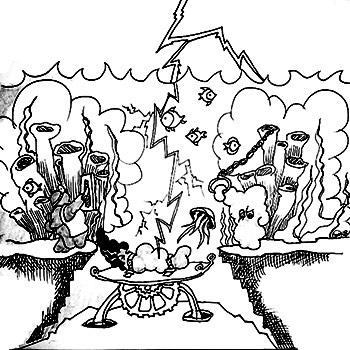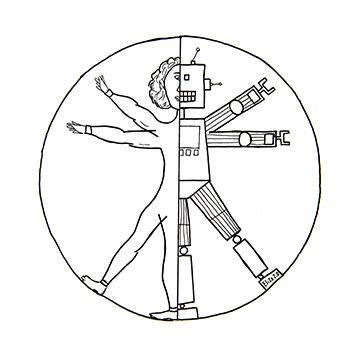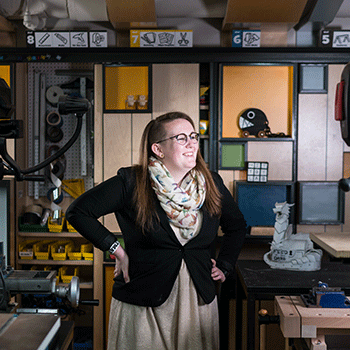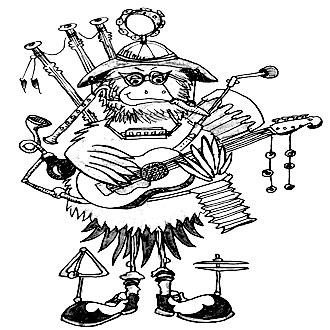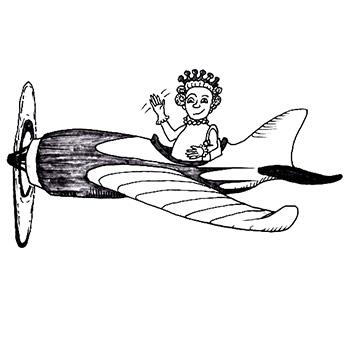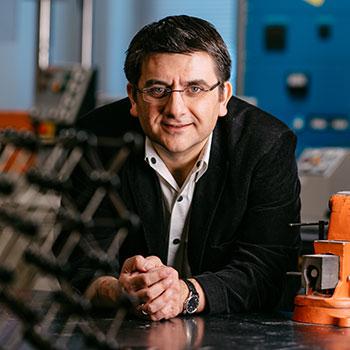
MIT News: Keeping confidence
Catalina Romero, a first-year student at MIT, bustles in the kitchen of her dorm, quickly putting the finishing touches on her arepas, or Colombian corn pancakes. She has been making arepas with her mother for years. Tonight, she is making them for her classmates at MIT.
Growing up in Gurnee, Illinois, Romero was fascinated by outer space and dreamed of becoming an astronaut. Her parents, who emigrated from Colombia before she was born, worked long hours at Medline, a medical supplies company.
